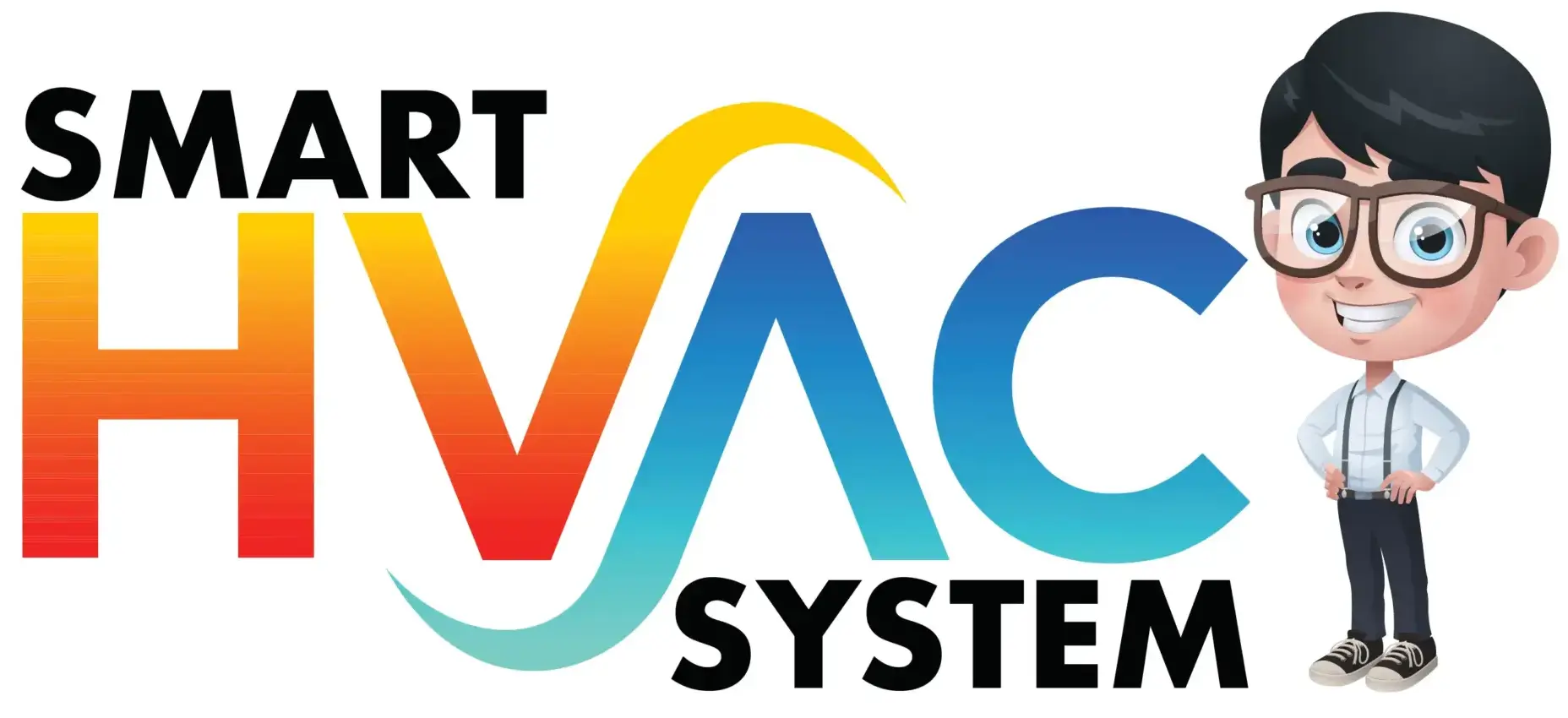Your air conditioner works hard to keep your home cool and comfortable. But without regular cleaning, dirt and debris can build up—reducing efficiency, increasing energy costs, and even leading to breakdowns. Fortunately, a few simple steps can make a big difference. In this guide, you’ll learn how to clean your air conditioner for better performance and why it’s a vital part of air conditioning maintenance.
Why Cleaning Your AC Matters
Dirt, dust, pollen, and mold can accumulate in your AC system over time. This buildup not only reduces airflow and cooling power but can also pollute your indoor air. Regular cleaning improves efficiency, lowers utility bills, and extends the life of your system. It’s one of the easiest ways to avoid costly repairs and maintain comfort.
Safety First: Turn Off the Power
Before starting any maintenance or cleaning, always shut off the power to your air conditioning unit. This includes switching off the breaker and unplugging the unit if necessary. Safety is key when working with electrical appliances.
Step 1: Clean or Replace the Air Filter
Start with the most accessible and impactful component—the air filter. A clogged filter restricts airflow and reduces performance.
- Locate the filter, typically behind a return air grille or inside the air handler.
- If it’s reusable, vacuum and wash it with mild soap and water. Let it dry completely before reinserting.
- If it’s disposable, replace it with the correct size filter recommended by your manufacturer.
This should be done every 1 to 3 months, especially during peak seasons.
Step 2: Clean the Evaporator Coils
Evaporator coils absorb heat from your home and are usually found inside the indoor unit or air handler. Over time, these coils collect dust, which reduces their effectiveness.
- Open the access panel to expose the coils.
- Use a soft brush to gently remove surface dust.
- Spray a no-rinse coil cleaner evenly across the coils and let it foam and drain away the debris.
This cleaning improves airflow and cooling capacity, a critical part of air conditioning maintenance.
Step 3: Check and Clean the Condensate Drain
The condensate drain removes moisture from the evaporator coil. If it becomes clogged, it can cause water damage and humidity issues.
- Locate the drain line (often a PVC pipe near the indoor unit).
- Pour a cup of vinegar or bleach through the line to kill mold and algae.
- Use a wet/dry vacuum at the end of the pipe to clear blockages if necessary.
Step 4: Clean the Outdoor Condenser Unit
The outdoor unit dissipates heat from the refrigerant. Leaves, grass, and dirt can block the airflow and reduce efficiency.
- Shut off the power at the disconnect box.
- Remove the fan cage and clear out leaves or debris inside the unit.
- Use a garden hose (not pressure washer) to spray the fins from the inside out.
- Straighten any bent fins with a fin comb to ensure optimal airflow.
Step 5: Inspect Refrigerant Lines
While cleaning, check the refrigerant lines for wear or insulation damage. If you notice leaks or exposed pipes, contact a professional for repair. Keeping refrigerant levels stable is crucial to performance and system health.
Step 6: Clean the Thermostat and Test the System
Dust can accumulate on the thermostat and sensors. Gently wipe the screen or casing with a dry cloth. Once all cleaning tasks are complete, restore power and run the system to ensure everything is functioning correctly.
Professional Cleaning vs. DIY
While homeowners can handle basic tasks, some cleaning requires specialized tools and training. If you’re not comfortable accessing coils or refrigerant lines, it’s best to call in a professional. Companies like Smart HVAC System provide expert air conditioning maintenance services to keep your system performing at its best.
How Often Should You Clean Your AC?
- Air filters: Monthly check; replace every 1–3 months
- Evaporator coils: Annually or as needed
- Outdoor unit: At least once per season
- Drain line: Every 3–6 months
Routine cleaning should be part of your overall air conditioning maintenance plan to ensure optimal comfort, air quality, and energy savings.
Conclusion
A clean air conditioner is a more efficient, longer-lasting one. By learning how to clean your AC safely and effectively, you’ll enjoy better cooling, lower bills, and fewer service calls. And when you need help beyond the basics, trust the experienced team at Smart HVAC System to handle your maintenance needs with precision and care.
Don’t wait for your system to fail—keep it clean, and it will reward you with performance and peace of mind.
READ MORE:
